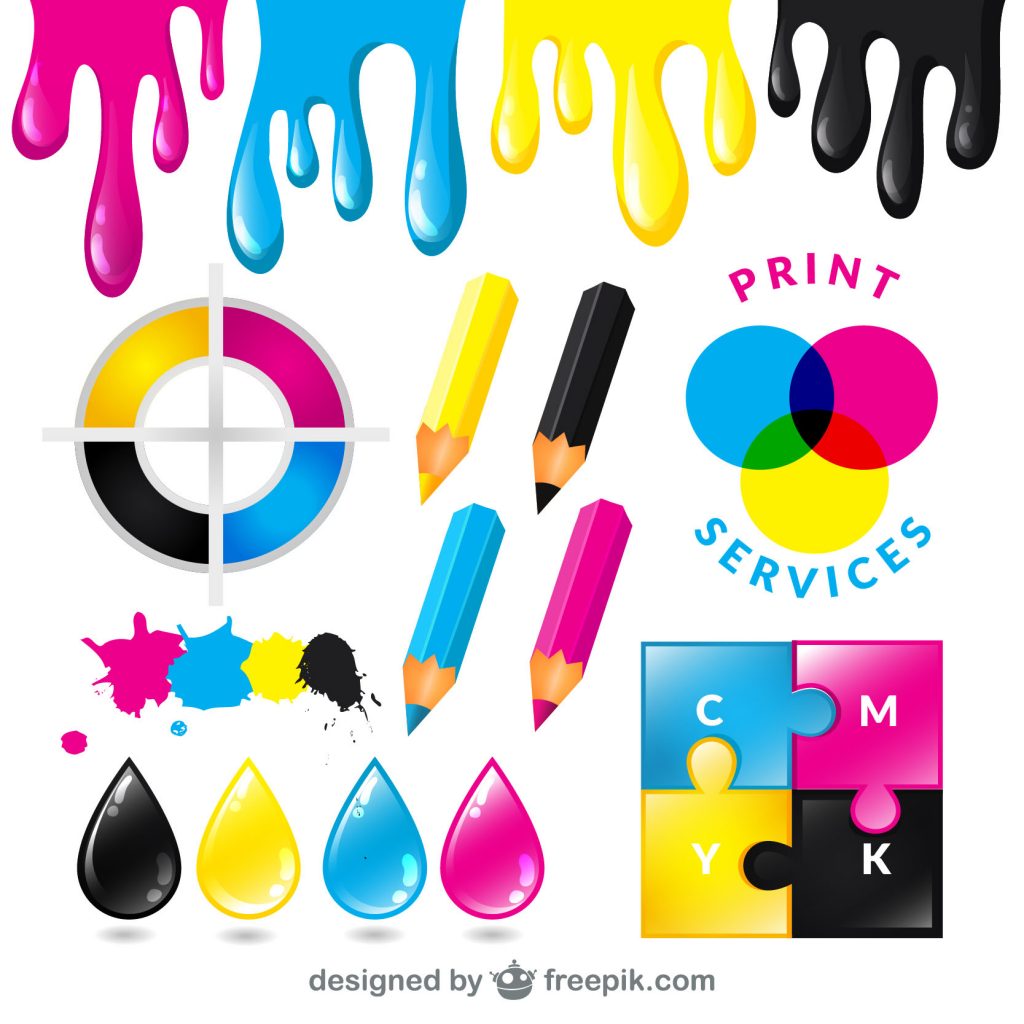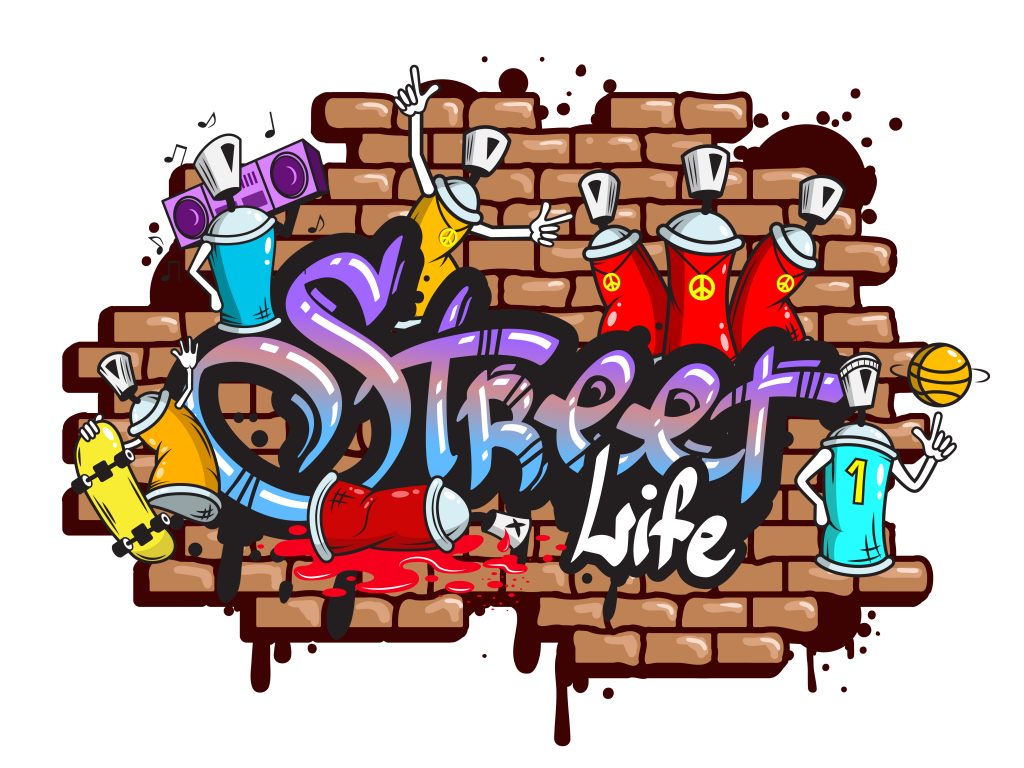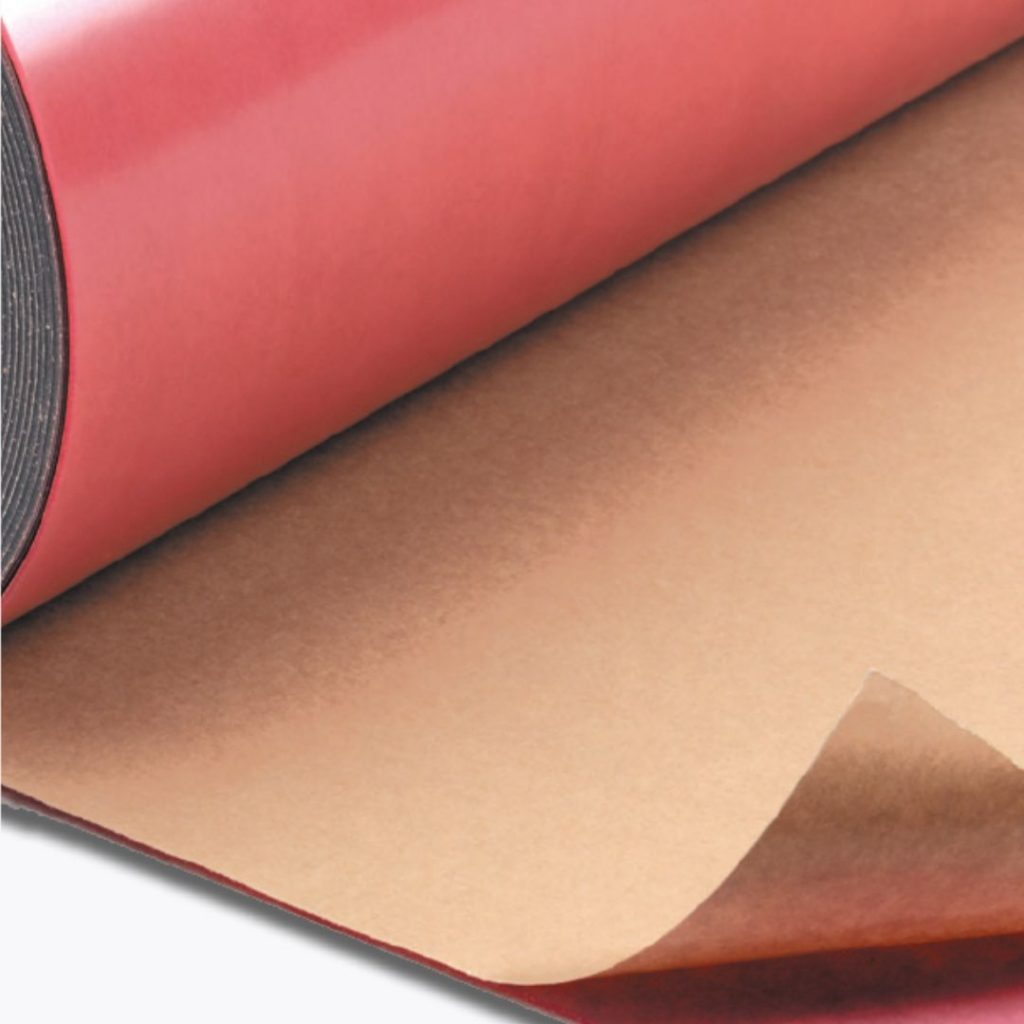
In recent years, digital printing has developed rapidly, replacing screen printing. What are the differences between the two printing processes? How to understand and choose?
Next, WER Company will analyze and interpret the technical characteristics and development prospects of digital printing and screen printing in detail.
Printing refers to the use of dyes or coatings on the surface of the fabric to form graphics.
Printing technology development so far, has formed screen printing, round screen printing, drum printing, digital printing and other printing processes coexisting patterns.
The application range of various printing processes is different, the process characteristics are different, and the printing equipment and consumables used are also different. Screen printing as a traditional classic printing process,
Its application scope is very wide, accounting for a relatively high proportion in the printing industry, and in recent years, the rapid development of digital printing, many people think it will replace the trend of screen printing.
These two kinds of printing process, what are the differences?
In this paper, the difference between digital printing and screen printing is analyzed.
Digital prints are more colorful

The greatest advantages of digital printing are mainly concentrated in the degree of color and pattern refinement.
First of all, from the point of view of color, digital printing ink is divided into dye ink and pigment ink, the color of dye is bright, better than pigment. Acid digital printing, reactive digital printing,
Dye ink is used in disperse thermal transfer printing and disperse direct injection digital printing.
Although paint digital printing uses pigments as coloring agents, they all use nanoscale pigment coloring paste.
For specific inks, as long as you do a good job of matching the special ICC curve,
Color display can achieve the ultimate.
The traditional screen printing color, one is according to the four-color dot color contrast, the other is to rely on prepress ink toning to control, color display force is not as good as digital printing.
In addition, in digital printing, the pigment ink is the nanoscale pigment paste,
Dye ink in the dye is water-soluble, even if it is a dispersed thermal sublimation transfer ink, color is nanoscale.
The fine degree of digital printing pattern is related to the characteristics of inkjet print head and printing speed.
The smaller the ink drops on the inkjet print head, the higher the printing accuracy,
Among them, the Epson micro piezoelectric printing head is the smallest ink drop, although the industrial head ink drop is larger, but also can print the accuracy of 1440 dpi image.
In addition, with the same printer, the faster the printing speed, the smaller the printing accuracy.
Screen printing requires negative film first
Plate making, the error in the process of plate making and the mesh of the screen has an impact on the fine degree of the pattern.
In theory, the smaller the mesh aperture, the better, but ordinary printing more use 100~150 mesh meshes, four color mesh number of 200 mesh,
The higher the mesh number, the greater the probability of water-based ink blocking, which is a common problem.
In addition, scraping the accuracy of the version has a great impact on the fine degree of printing patterns, machine printing is relatively better, but manual printing is more difficult to control.
Obviously, color and fine graphics are not the advantage of screen printing, its advantage lies in the special printing paste, such as gold, silver, pearl color, crack effect, gilding flocking effect, suede foaming effect
And so on.
In addition, screen printing can print 3D three-dimensional effect, which is difficult to achieve the current digital printing.
In addition, digital printing to make white ink is more difficult.
Current white ink mainly rely on imported ink to maintain, but in the dark cloth printing, no white is not good, this is the current domestic popularity of digital printing needs to break through the difficulty.
Printing material types are not much different

Digital printing is divided into five categories: acid digital printing, active digital printing, coating digital printing, disperse thermal transfer printing and disperse direct injection digital printing.
Digital printing acid ink is suitable for wool, silk and other protein fiber and nylon fiber fabrics. Digital printing reactive dye ink is mainly suitable for cotton, linen, viscose fiber and silk fabric digital printing,
It can be used for digital printing of natural fiber fabrics such as cotton fabric, silk fabric and wool fabric. Digital printing coating ink is suitable for cotton fabrics, silk fabrics, chemical fiber and blended fabrics, knitted fabrics, sweaters, towels,
Digital inkjet paint printing for blankets. Digital printing heat transfer ink is suitable for polyester, non-woven fabrics, ceramics and other materials transfer printing. Digital printing direct spray dispersion ink is suitable for digital printing of polyester fabric, such as decorative cloth, banner cloth, banners, etc.
Traditional screen printing in the type of printing materials compared with digital printing does not have much advantage. First, there are limitations in the size of printing format of traditional printing. The width of large industrial digital inkjet printing machine can reach 3-4 meters at most, and the printing can be uninterrupted.
There is no limit to their length, and they can even form an entire production line; Second, in some materials, the traditional water-based ink printing can’t achieve better performance, so we can only use solvent-based ink to print, and digital printing can be used on any material water – based ink for inkjet printing, so to avoid the use of a large number of flammable and explosive non-environmental solvent.
High cost of digital printing equipment
There are three main types of printers used in digital printing.
One is the Epson desktop machine modified flatbed machine, such as EPSON 4880 modified flatbed machine, this type of model is mainly used for small surface coating ink digital printing production, the purchase cost of these models
It’s much cheaper for other models.
The second is the printers loaded with Epson DX5/DX6/DX7/D10 series inkjet print heads, among which DX5 and DX7 are the most common ones in WER, such as EPSON 4880 and EPSON 7880, etc. The purchase cost of each printer of these models is about 30,000-60,000RMB.
At present, the market price of DX5 print head is more than 7000RMB per piece, and the market price of DX7 print head is 12,000 RMB per piece.
The third is the industrial inkjet digital printing machine, the representative machines are Kyocera industrial spray head digital printing machine, Seiko SPT spray head digital printing machine, Konica
Industrial nozzle digital printing machine, printer purchase cost is generally higher.
Each brand of print head single market price is more than 10,000 RMB, and a print head can only print a color.
In other words, in order to print four colors, one machine has to install four print heads, which is very expensive.
Therefore, the cost of digital printing equipment is very high, and the price of inkjet printing head, as the main consumable of digital inkjet printer, is also very expensive.
Digital printing ink market price is indeed much higher than traditional printing materials, but the printing area of 1 kg of ink output and 1 kg of ink printing area is incomparable.
Therefore, the cost comparison in this respect, but also depends on the type of ink used, specific printing requirements and printing process and other factors.
In traditional screen printing, screen plate and rubber scraping are consumable goods in manual printing, and the labor cost is more significant at this time.
In traditional printing machines, imported Israeli Conley and elliptical machines are more expensive than domestic ones, but the domestic ones are becoming more and more mature.
It can also meet the requirements of production.
If it is compared with inkjet printing machine, its purchase cost and maintenance cost is much lower.
Digital printing soft screen printing color fastness
The main properties of printing products include surface, that is, feel (softness), stickiness, resistance, color fastness to rubbing, color fastness to soap washing;
Environmental protection, namely whether containing formaldehyde, azo, pH, carcinogenic aromatic amine, phthalate ester, etc.
Traditional screen printing, in addition to water slurry and discharge, other types of printing coating sense is strong, this is because the printing ink formula as a binder resin content is high, and the amount of ink is relatively large.
And digital printing basically no coating sense, printing light and thin, Soft, good return viscosity.
Even the coating digital printing, due to the very little resin content in the formula, basically will not affect the feel.
Acid digital printing, active digital printing, disperse thermal transfer printing
And disperse direct spray digital printing, these are no coating, do not affect the original fabric feel.
Whether in the traditional water-based printing ink or coating printing ink, resin as a binder, on the one hand, used to increase the adhesion fastness of the coating to the fabric, Make it not easy to crack and fall off after washing;
On the other hand, resin can wrap pigment particles, so that its friction is not easy to decolorize.
The resin content of traditional water-based printing ink and paste is 20%-90%, usually 70%-80%, and digital printing ink, Coating printing ink contains only 10% resin.
Obviously, theoretical analysis, digital printing color fastness to rubbing, color fastness to soap washing will be worse than traditional printing. In fact, digital printing without certain post-processing, its color fastness to rubbing is really poor, especially for wet rubbing fastness. But compared with traditional printing, there is still a long way to go.
At present, digital printing needs further exploration and breakthrough in the aspect of color fastness to rubbing and soap washing.
Screen printing needs to improve environmental protection?

In terms of environmental protection, the environmental pollution brought by traditional screen printing is mainly reflected in the following aspects: the amount of waste water and waste ink produced in the production process is quite large; In the printing process more or less need to use some bad solvents,
Even plasticizer (thermosetting ink may add environmentally friendly plasticizer), such as printing water, decontamination oil, white electric oil, etc.
Printing workers will inevitably come into contact with chemical solvents, glues, toxic cross linkers (catalysts), Chemical dust and so on, on the health of workers.
In the process of digital printing production, only a certain amount of waste liquid is produced in the process of pre-treatment sizing and post-treatment washing, and little waste ink is produced in the whole process of inkjet printing. The pollution the source is less than the traditional printing, and the impact on the environment and the health of the contact is less.
In short, a wide range of digital printing materials, printing products bright colors, fine patterns, good feel, strong environmental protection, which are its typical characteristics. However, inkjet printing machine is expensive, high cost of supplies and maintenance, which is its disadvantage.
It is difficult to improve the washing fastness and rubbing fastness of digital printing products.
It is difficult to develop stable white ink, resulting in better printing on black and dark fabrics;
Due to the restriction of inkjet printing head, it is difficult to develop inks that can print special effects.
Printing sometimes requires pre – and post-processing, which is more complex than traditional printing. These are the disadvantages of current digital printing.
Traditional screen printing in order to steadily develop in today’s printing industry, we must grasp the following points: improve the environmental protection of printing ink, control the environmental pollution in printing production; Improve the existing special printing effect printing, and develop new printing special effect, Leading the printing trend; Keep up with the 3D craze and develop a variety of 3D printing effects; While maintaining the color fastness of printing products to washing and rubbing, the non-touch and light printing effect of imitating digital is developed in conventional printing. Development of wide-format printing schemes, And constantly improve the printing efficiency and production capacity, it is best to develop the printing assembly line platform; Simplify the printing equipment, reduce the consumption, improve the printing input-output ratio, and enhance the competitive advantage with digital printing.
| M | T | W | T | F | S | S |
|---|---|---|---|---|---|---|
| 1 | 2 | 3 | 4 | 5 | 6 | |
| 7 | 8 | 9 | 10 | 11 | 12 | 13 |
| 14 | 15 | 16 | 17 | 18 | 19 | 20 |
| 21 | 22 | 23 | 24 | 25 | 26 | 27 |
| 28 | 29 | 30 | ||||
Recent Posts
- Ultimate Guide to UV Printing: Insider Tips and Tricks
- Before You Invest: Choosing a Large Format Flatbed Printer
- Maximizing Brilliance: Mastering UV Printer Settings for Optimal Media Reflectivity
- The advantages of using a WER UV printer for large format printing (2)
- Achieve Stunning Results in Home Décor and Architectural Design with UV Printer
Archives
- January 2025
- November 2024
- September 2024
- March 2024
- December 2023
- November 2023
- October 2023
- May 2023
- March 2023
- February 2023
- January 2023
- December 2022
- November 2022
- October 2022
- September 2022
- February 2022
- January 2022
- December 2021
- November 2021
- October 2021
- September 2021
- August 2021
- July 2021
- June 2021
- May 2021
- April 2021
- March 2021
- February 2021
- January 2021
- December 2020
- November 2020
- October 2020
- September 2020
- August 2020
- July 2020
- June 2020
- May 2020
- April 2020
- March 2020
- February 2020
- January 2020
- December 2019
- November 2019
- October 2019
- September 2019
- August 2019
- July 2019
- June 2019
- May 2019
- April 2019
- March 2019
- February 2019
- January 2019
- December 2018
- November 2018
- October 2018
- September 2018
- August 2018
- July 2018
- June 2018
- May 2018
- April 2018
- March 2018
- February 2018
- January 2018
- December 2017
- July 2016
- June 2016
Recent Posts
- Ultimate Guide to UV Printing: Insider Tips and Tricks
- Before You Invest: Choosing a Large Format Flatbed Printer
- Maximizing Brilliance: Mastering UV Printer Settings for Optimal Media Reflectivity
- The advantages of using a WER UV printer for large format printing (2)
- Achieve Stunning Results in Home Décor and Architectural Design with UV Printer
Recent Comments